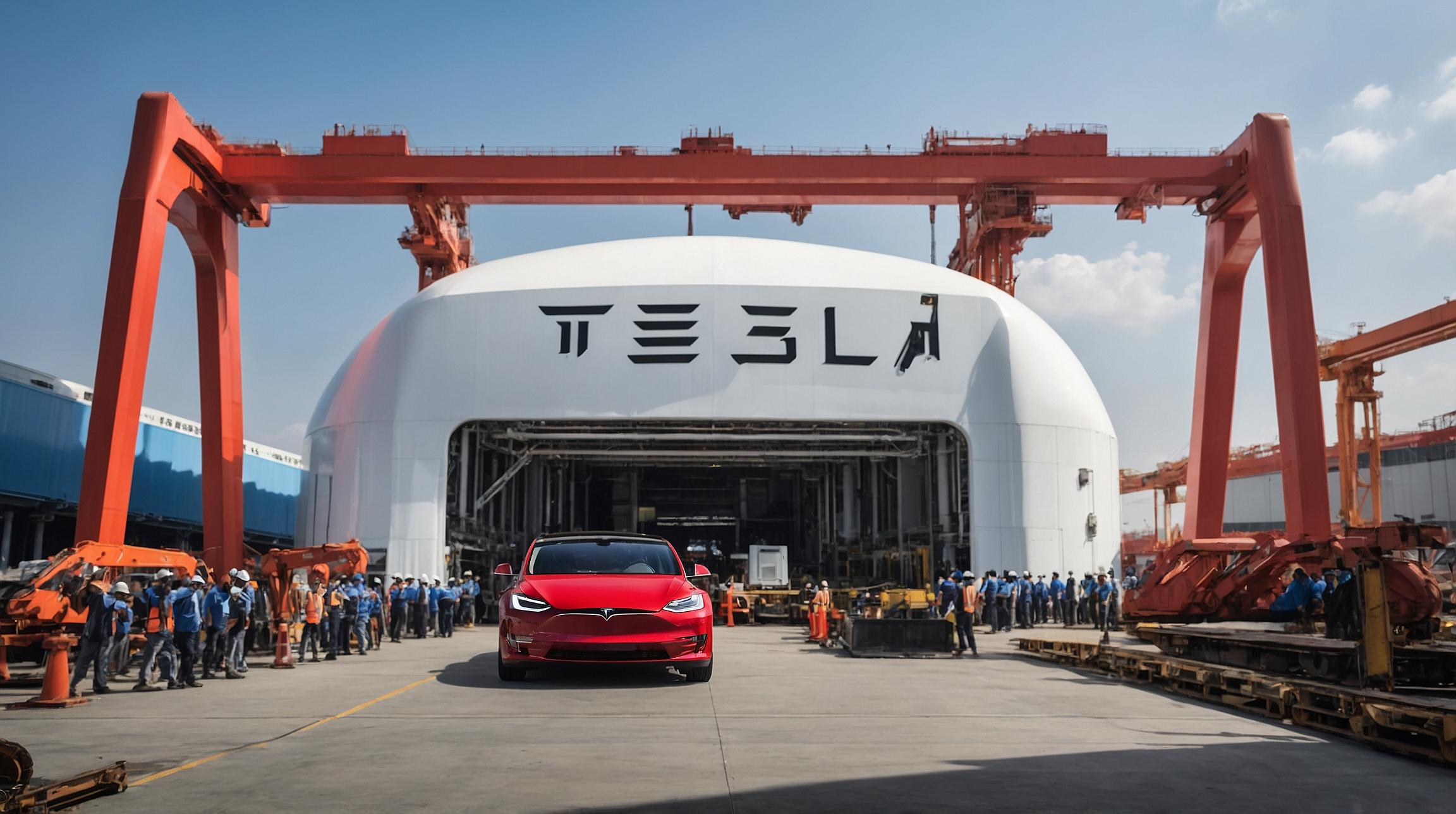US Job Growth Decelerates Amid AI Impact and Policy Uncertainty
The United States is witnessing a marked slowdown in job creation, with the Bureau of Labor Statistics reporting only 22,000 jobs added between July and August 2025. This figure represents a stark contrast to the robust monthly gains exceeding 200,000 seen in prior years.
Gregory Daco, chief economist at EY-Parthenon, noted, “Gone are the days of 200,000 jobs every month. We’re likely to be in an environment where job growth is hovering around zero, essentially.” The summer’s revised federal employment data further underscore this hiring stagnation.
Younger Workers Disproportionately Affected
The contraction in hiring is particularly acute among younger workers entering the labor market. This demographic is confronting challenges as companies increasingly integrate artificial intelligence (AI) into operations, reducing demand for entry-level roles traditionally filled by recent graduates.
Stanford researcher Ruyu Chen explained, “AI models learn from well-written, textbook knowledge — precisely the capabilities entry-level workers offer.” Supporting this, a Stanford study highlights a significant decline in software developer positions for workers in their 20s since 2022, alongside difficulties for young marketing and sales managers.
However, sectors such as healthcare and retail continue to absorb younger employees at a relatively brisk pace, although Daco cautions that these areas may also face hiring softening over the next six months.
Economic Policy and Corporate Caution Weigh on Hiring
Businesses are exercising increased prudence amid an evolving policy landscape involving taxes, tariffs, and immigration, which contributes to hiring hesitancy. Wells Fargo CEO Charles Scharf remarked on CNBC’s “Squawk Box,” “They’re willing to deal with the uncertainty, but they need to react to that. So part of that is just being very prudent about who they’re hiring.”
Federal Reserve Responds with Rate Cuts Amid Inflation Concerns
In response to the labor market slowdown, the Federal Reserve lowered its target federal funds rate by 25 basis points in September. The central bank acknowledged downside risks to employment as the economy contends with these challenges.
Lower interest rates may incentivize businesses to expand hiring, with the Fed signaling a shift toward a more neutral monetary stance. Nevertheless, personal consumption expenditures (PCE) inflation remains elevated at 2.59%, exceeding the Fed’s 2% target, complicating the policy outlook.
Kevin Gordon, senior investment strategist at Charles Schwab, emphasized the limitations of monetary policy in the current environment, stating, “We also have to look at this in the context of an economy that is more supply shock-driven. When you have a supply shock-driven environment, the Federal Reserve or any central bank just has less power in being able to combat inflation and also being able to help the labor market.”
As the US labor market navigates these headwinds, observers will closely monitor the interplay between technological adoption, policy developments, and central bank actions in shaping employment trends.
FinOracleAI — Market View
The Federal Reserve’s rate cut aims to support a labor market showing signs of weakness, particularly among younger cohorts affected by AI-driven job displacement and policy uncertainties. While lower rates could marginally ease hiring constraints, persistent inflation above target and structural shifts in employment demand limit the effectiveness of monetary easing.
Investors should watch for upcoming labor reports and inflation data to gauge the Fed’s future policy trajectory and the resilience of sectors currently absorbing younger workers. Risks include further hiring slowdowns if policy uncertainty persists or if inflation remains elevated.
Impact: neutral













